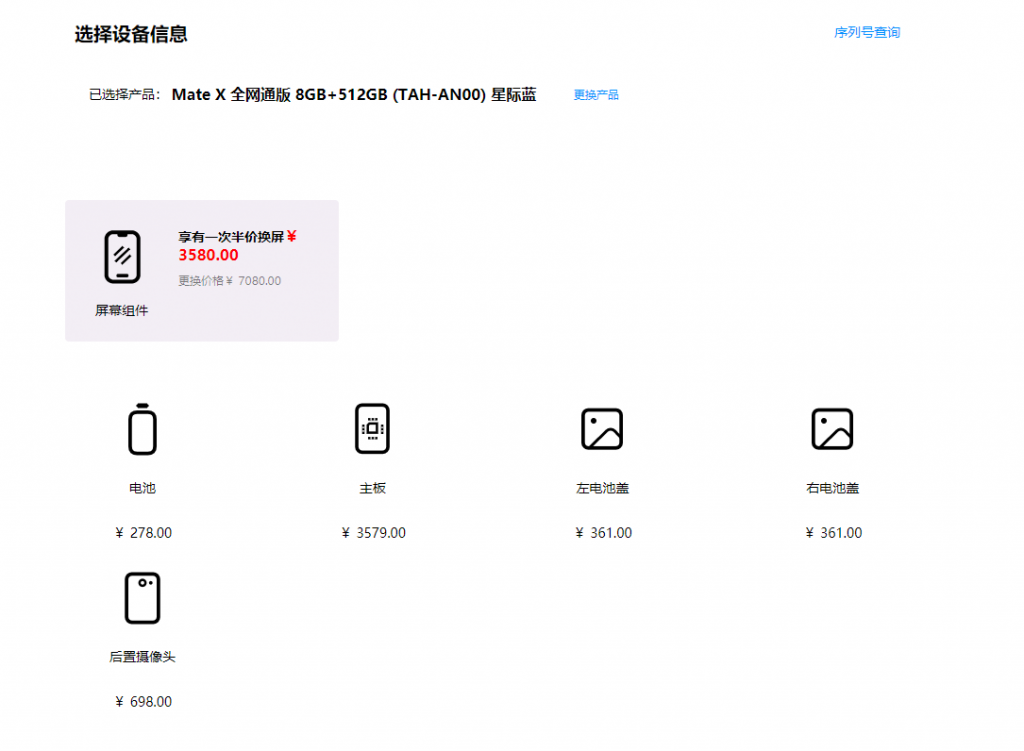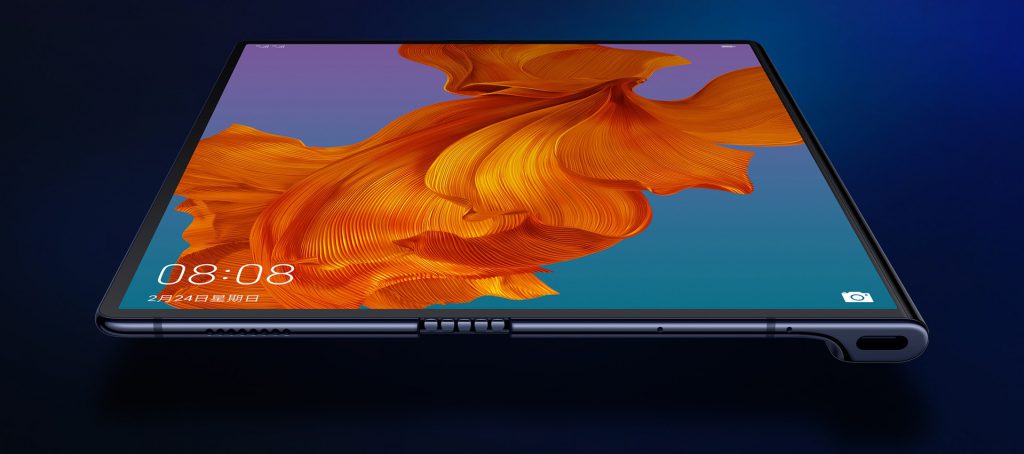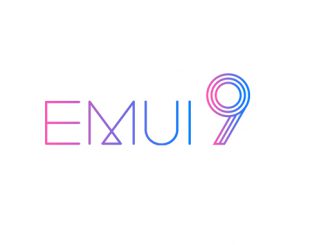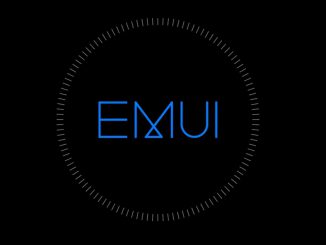
With the Huawei Mate X having finally released on the Chinese market, the manufacturer has published repair prices and handling recommendations.
Artículo disponible en Español | Article disponible en Français
Huawei has finally launched their first foldable smartphone, the Huawei Mate X, on their home market, China. The model sold comes with 8GB of RAM and 512GB of internal memory, is powered by the Kirin 980 and compatible with 5G thanks to the Balong 5 000 chipset. The company is asking 16 999 yuan, or around 2 200 euros. Instead of listing the product, the manufacturer has been doing flash sales, with the device selling out each time in a matter of seconds. So far, the company has done 4 flash sales, on the 15th, 18th, 22nd and 29th of November, and according to the product listing on Vmall, will be doing a 5th on the 6th of December. Some believe the device sells out so quickly each time due to the low number of units available. This has led to some massive speculation from the public, with customers (and most likely scalpers) reselling the device for 10 or 20K yuan more than the original price. Some reports mention some users have even gone as far as spending 50 to 60K yuan (between 6 400 and 7 700 euros, up to 3.5 times the original price) to get their hands on one, and, of course, there are also already various reports of units failing, as well as some users breaking it.

Since customers are bound to eventually damage or break the device, Huawei has announced the recommended repair price of the various parts of this smartphone, on top of issuing various recommendations on how to properly handle and use the Mate X. First, the battery costs 278 yuan (35€), being the cheapest part of the foldable phone. We then have the “battery cover” or the back covers, divided in two part, the left and the right, with each costing 361¥ (46€). The mainboard, which includes components such as the SoC, memory or 5G modem, costs 3 579 yuan (460€) and the Leica quad camera costs 698¥ (90€). Lastly, we have the screen, being the most expensive part of this device, costing a staggering 7 080 yuan (900€).

Due to the high-cost of the display, the company offers a first-time, half-price change at 3 580¥ (460€), which is a lot more consumer-friendly and affordable. From our understanding, this first-time repair has no date limit, although we doubt it’ll be available forever. After all, once the manufacturer stops producing spare repair parts, it will not be possible to fix this device anymore. Of course, there are various conditions to be able to have access to this half-price repair offer, which include no other damage, no unauthorized disassembly, etc, which are essentially the typical warranty conditions issued by most manufacturers.
On top of this, users can also take a supplementary warranty to protect their screen, costing 2 699¥ (350€), which allows users to have a “free” screen replacement if this one is damaged by the user, such as after a fall, scratch…. This replacement is valid for a year since its purchase.
The company has also released a number of recommendations on how to properly handle the device, recommendations that have left some netizens rather… cold. Huawei started by mentioning that the device is fragile, thus recommending avoiding letting it drop on the floor or being hit, as well as being scratched by sharp objects. Users are also recommended to use the included protective case for daily use and to not remove the special protective film on the screen. Those needing a replacement of this protective film are invited to go to a Huawei service centre. Finally, what left “cold” many netizens is the recommendation of not “bending” the phone if the temperature is -5ºC or below, which essentially means not using the device at -5ºC or below temperatures. Users where quick to point out that in some regions of the country, such as Northern China (with China being the only market where the Mate X is currently available), it isn’t unusual for temperatures to drop below this minimum, raising questions about the usability of this product in those regions.

As we’ve mentioned in our past article, various reports mention that Huawei is only able to produce some 100K units of this device, contrary to Samsung’s Galaxy Fold, which the South-Korean company has already sold half-a-million of. It would seem the manufacturer has the capacity to produce around a million units. On Huawei’s side, some of the problems appear to come from their display supplier, BOE, which is having trouble with the production of the displays. Both companies are working together to fix these production issues, hopefully in time for the launch of Huawei’s next foldable smartphone, the Mate Xs, which is expected to launch in March 2020.
Ironically, as we were finishing this article, the company announced the launch of the beta for EMUI10 on the Mate X, looking for testers.

More on this subject:
- Huawei Mate X sold out in seconds (26/11/2019)
- Samsung decides to delay the launch of the Galaxy Fold temporarily (26/04/2019)
- Early Samsung Galaxy Fold units are already breaking (21/04/2019)
- Huawei launches 5G chipset, named Balong 5000 (6/03/2019)
- Huawei partnered up with BOE to release a foldable smartphone (20/07/2018)



